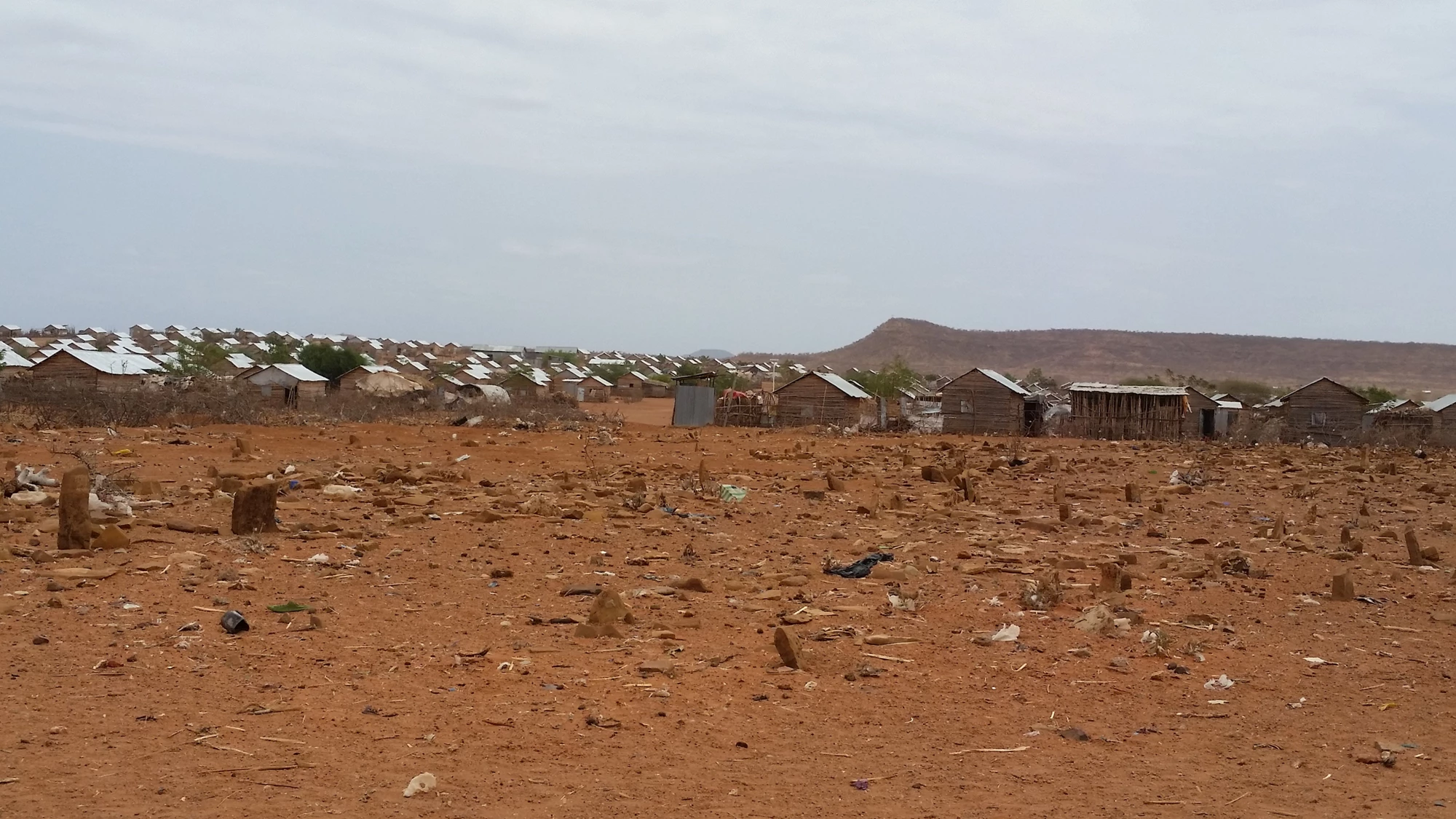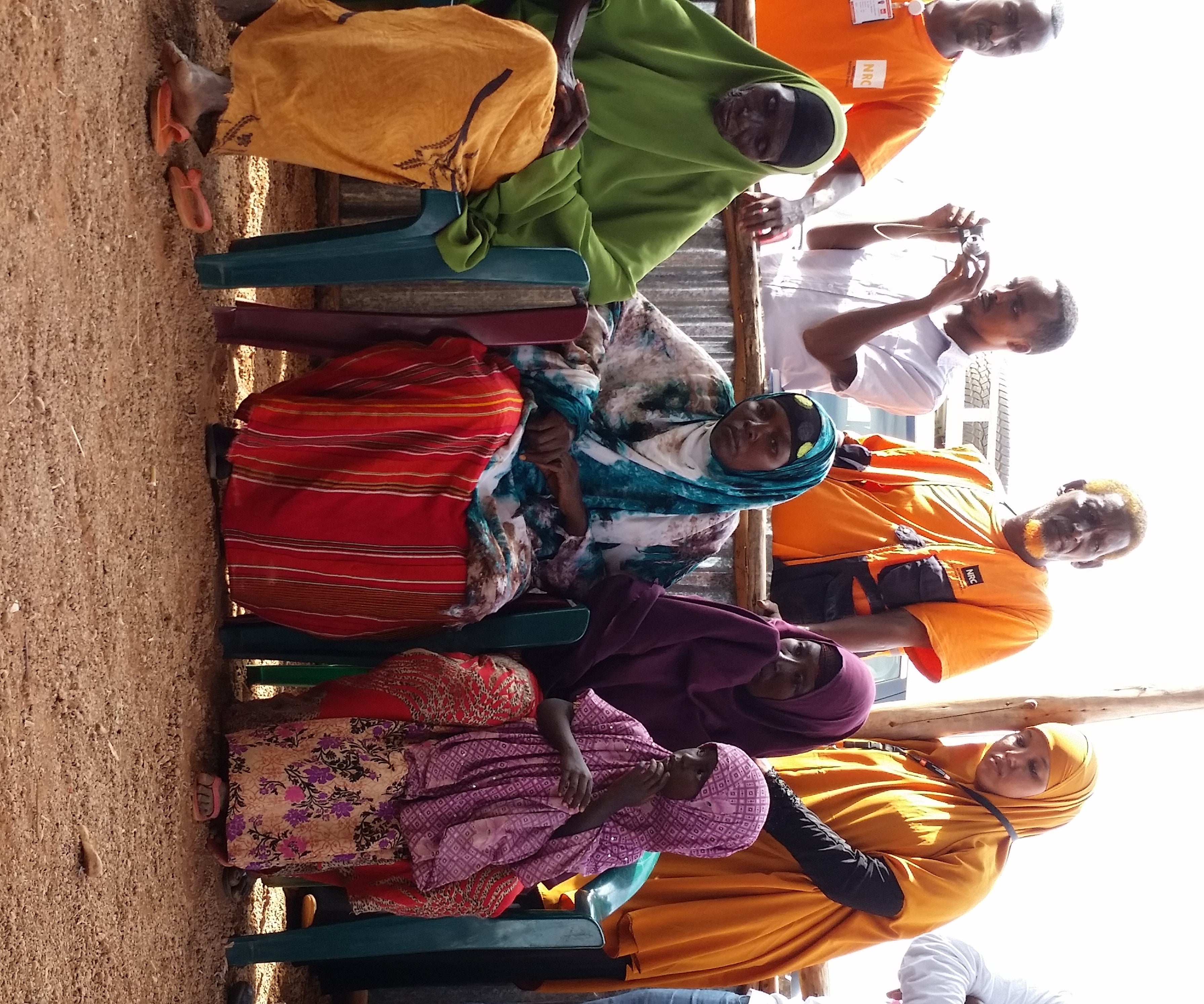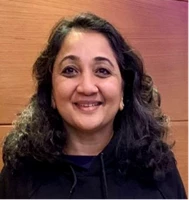- Forced displacement due to war, conflict, and persecution;
- Involuntary migration due to poverty, erosion of livelihoods, or climate change impacts that have destroyed and degraded life support systems; and/or even
- Voluntary migration of indomitable spirits unable to reconcile with the status quo and seeking better social and economic opportunities.
To better understand forced displacement, I led a joint World Bank-UNHCR team that brought out the Forced Displacement and Mixed Migration Report for the Horn of Africa (HOA) – a region with an estimated 242 million inhabitants that includes eight countries (Djibouti, Eritrea, Ethiopia, Kenya, Somalia, South Sudan, Sudan, and Uganda), which collectively host more than 9.5 million displaced persons, including more than 6.5 million internally displaced persons and approximately 3 million refugees.
Migration within and outside the HOA is driven by natural and human factors such as a climate change, environmental degradation, and, of course, conflict.
The study reinforced the regional nature of forced displacement in the HOA, with a clear regional "spill-over effect" of the violence and insecurity within a country. In South Sudan, for instance, episodes of violent conflict have resulted in increasing refugee numbers in Uganda, Ethiopia, Kenya, and Sudan.

Importantly, we found that refugee camps and settlements are located in relatively underdeveloped and underserved areas of the host countries. The refugee-hosting communities often live in precarious conditions themselves, and routinely struggle with food insecurity, limited access to basic social services and economic infrastructure, poor livelihood opportunities, as well as a degraded natural resource base.
Our work also highlighted that the protracted presence of refugees has resulted in a complex relationship of interdependence between the refugees and host communities.
Most refugee camps are in underserved and underdeveloped areas of host countries ; the presence of refugees over long periods of time further exacerbates the situation of host communities.
While this has had significant negative impacts on environment and natural resources, including conflicts over grazing lands and water, there have been positive impacts on improved access to service and economic interactions including employment opportunities for the host communities. UNHCR-established schools and health centers are used by host communities. Refugee camps are a ready market for local agricultural produce, and locally produced milk and meat.
Enhancing the productive capacities and coping mechanisms of host populations in a way that also benefits refugees is an important step for ensuring that host communities continue to be hospitable to the refugees, and [that] any potential conflict due to increased pressure on depleted natural resources is mitigated in the host countries in the HOA.

It is in this context that I led – together with a multi-sectoral team – the preparation of the Development Response to Displacement Impacts Project (DRDIP) in the HOA. The first questions that the team confronted were: " What does a development response to forced displacement impacts mean? How is it different from the humanitarian and other responses that have been underway to address the needs of communities already hosting refugees for decades?"
Based on our experience as a development institution, there are some key features that can help paint a clearer picture of what a development response to displacement should look like, which is, in some ways, different but complementary to humanitarian responses. These features include:
- Taking into account the needs of both refugees and host communities, with particular attention to promoting self-reliance and building productive assets and technical skills to reduce dependency;
- Focusing on medium- to long-term outcomes rather than the short timeframe of annual planning, budgeting, and implementation cycles, which is, in fact, many times followed by humanitarian agencies;
- Aligning investment with national, sub-national, and local development plans, and integrating local input into our projects rather than standalone and one-off investments;
- Creating projects that are sustainable from a technical, economic, financial, social, and environmental perspective, and will continue to provide benefits in the medium- to long-term;
- Enhancing the sustainability of investments in a protracted displacement situation through implementation by local authorities, using government systems including government financing systems, structures, and institutions;
- Including affected communities and grassroots institutions in the local planning, decision-making process, and oversight of public services, as well as in the implementation and operation and maintenance of infrastructure; working hand in hand with local communities produce better project outcomes – especially when compared to situations where communities are just passive recipients of support with limited scope for informing or designing interventions;
- Establishing an inclusive planning process that takes into account existing investments, infrastructure, and capacities to coordinate responses more efficiently; and
- Ensuring that planning and delivery of services addresses basic and higher level needs in sectors like education (primary, secondary, tertiary, university and non-formal education) and health (primary care to in-patient and surgical care).
I want to emphasize that these thoughts are more in the spirit of starting a conversation and building a menu of approaches, tools, and investments, taking into account the realities on the ground. While there is indeed a long way to go, I would very much hope this starts a conversation, raises questions, and enthuses many of you to share your views and experiences.


Join the Conversation